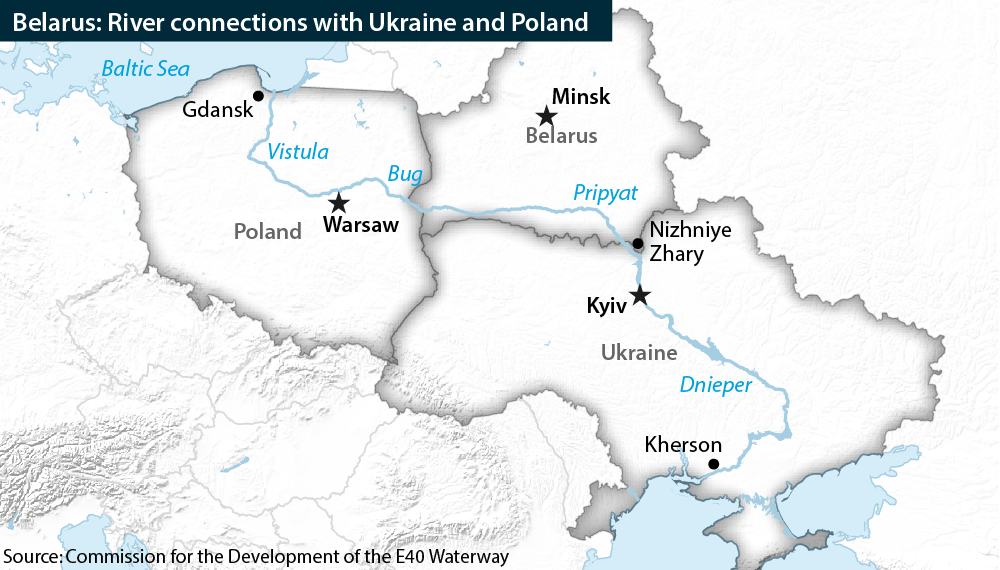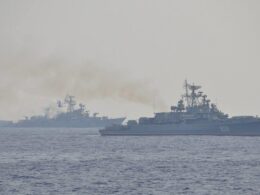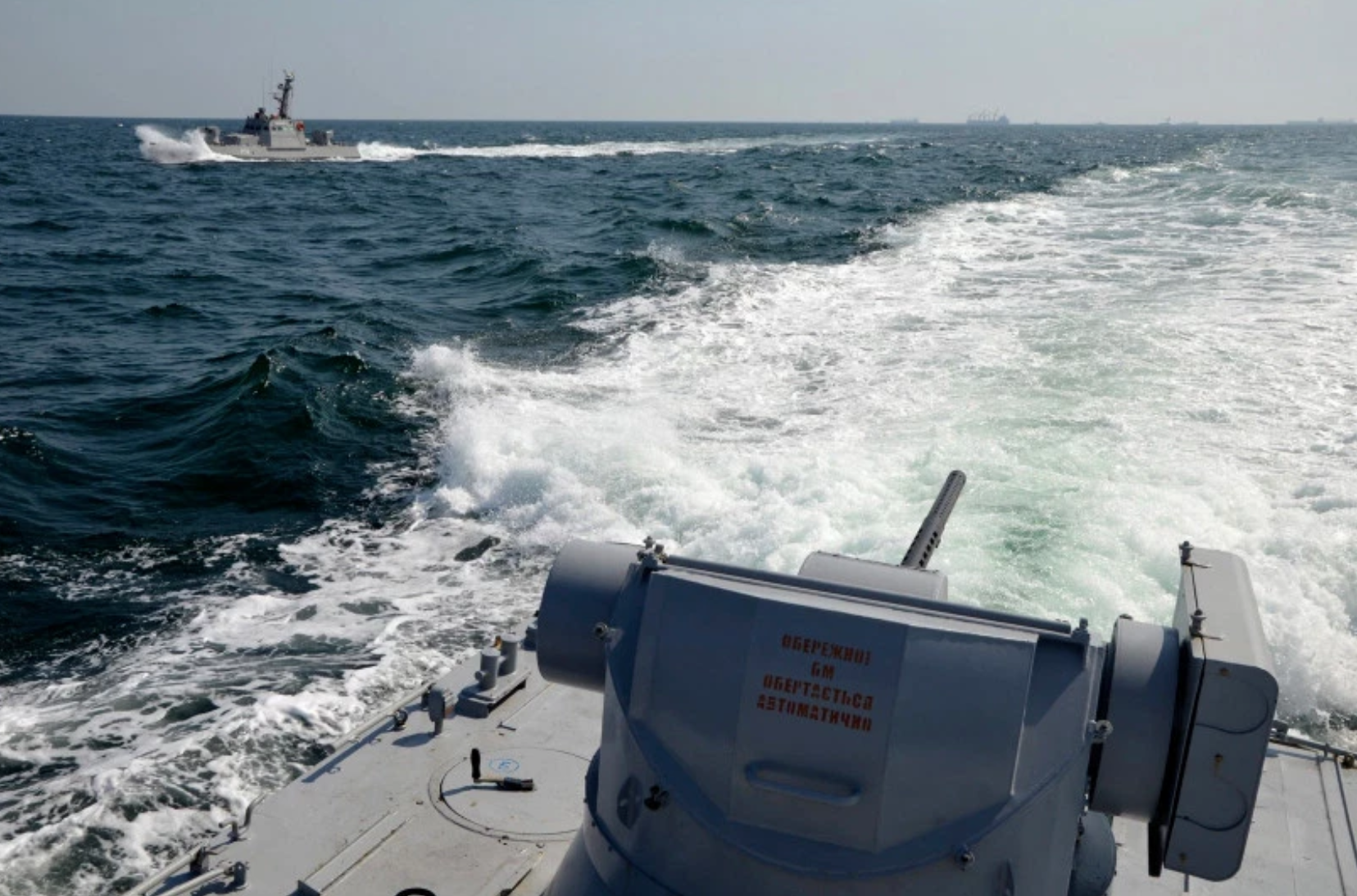Not a day goes by without news from the south of Ukraine. Russia has recently deployed all of its Black Sea Fleet submarines. This is its response to the Sea Breeze international exercises, large-scale military training from about 30 countries.
Vladimir Putin has signed a decree allowing the Federal National Guard Troops Service to block the Kerch Strait. All this happened immediately after the tense incident with the British Defender near Crimea. Of course, Britain's brilliant communication once again reminded everyone that international law exists and, according to it, Crimea is Ukraine. No matter how actively the Kremlin militarizes Crimea, how many European politicians it brings there, and how persistently it lures international business in secret.
International military experts have been talking about the growing danger of conflicts in the Azov and Black Sea basin for several years, constantly emphasizing that Ukraine should enhance its Navy and the world community should be ready for Russia’s most aggressive actions.
Sea Breeze exercises have been held annually for many years, and each time the Kremlin does not miss the opportunity to conduct provocations and information attacks. Even now, Russia is enacting a months-long disinformation campaign to discredit both the exercises themselves and NATO as such.
Such Russian operations are usually quite complex. They involve all major Russian intelligence agencies, target several audiences at once, all messages are consistent, well-tested, and communication channels cover several levels - the high official, media, social networks, and the highest official - the Russian president himself. The stages are usually as follows:
- gradual suspense;
- then escalation, aggressive attacks through the media and social networks;
- and finally normalization through pushing to accept their conditions at the highest political level.
It all starts with the so-called “stirring up.”
This is the longest and least intense stage, which includes announcements by officials - ministers, advisers, parliamentarians. They bombard the information field with theses that “something may happen.” This usually refers to a provocation by Ukraine or its Western allies. Phrases like “our sources in Kyiv,” “there is information that” indicate a typical beginning of the campaign. In the case of Sea Breeze, the stirring up took place throughout the spring and early summer.
In April, Mykola Patrushev, secretary of the Russian Security Council, announced that Ukraine would carry out a provocation involving the assassination of its servicemen in Crimea with the support of the US to force Russia to react.
At the same time, Russian Defense Minister Shoigu massively transfers troops to Crimea and announces a “check of the army’s combat readiness.”
“Poke-and-probe.” Why Russia is massing troops & military hardware along Ukraine border
The information support of this case is similar to the one that preceded the events in the Kerch Strait in November 2018, when Russia attacked Ukrainian ships and captured Ukrainian sailors.
Then, a few days before the incident, Russian propaganda talk shows went on the air with the message “Poroshenko ordered to take over the Sea of Azov,” and Russian Duma deputy Leonid Kalashnikov actually “predicted” the event itself, calling it a Ukrainian provocation:
“This story may lead to some kind of provocation, as a result of which tomorrow, as in Salisbury, without any evidence it will be like 'Russians bombed some boat there or shot down something else.'"
Soon the suspense picks up momentum. At the beginning of the summer, a message appears from the Russian Ministry of Defense that the training is a cover for the secret transfer of weapons to Ukraine. The same statement is distributed by the Russian Foreign Ministry. This thesis is frankly absurd because the United States openly helps Ukraine with armaments, and the Sea Breeze training is not needed for that.
Then Russia starts intimidating and sputtering threats.
The day before the incident with the British destroyer, Putin says that NATO is expanding, breaking its promise not to do so. Another Putin’s return to the thesis of “red lines that Russia will define for itself.”
The next day, just hours after the British destroyer's innocent passage 12 miles from Crimea, the Russian embassy in the United States literally explodes with a tweet about the “aggressive character of the exercises” and calls on the US and NATO to stop them.
From this moment, a massive information bombardment begins.
Narratives largely depend on the audience.
For example, Western experts and journalists with links to the Kremlin argue that “Russia is forced to defend itself because the alliance itself is provoking it..” And if the West did not try to partner as actively with countries as Ukraine and Georgia, Russia would not be so aggressive.
The main thing for the Ukrainian audience here is, of course, the narrative of “external governance” on the dependence of the Ukrainian leadership on the Western allies and their readiness to start the Third World War on Ukrainian territory. Interestingly, many regional media and Telegram channels in the south of Ukraine simultaneously began to disseminate the message that the Ukrainian side provides poor catering to NATO troops, like, “where is your famous borscht?!”. These are “niche” narratives - for the pro-Russian regions of Ukraine, aimed at discrediting the army and military-political leadership.
For Russia’s domestic audience, Kremlin propaganda traditionally casts Russia as a victim. Here the good old theses about NATO stealing up to Russia’s borders and the possibility of a Third World War at the initiative of the West are exploited. At the same time, the weakness and inability of Western countries to wage a full-fledged war are always emphasized.
At the same time, the Kremlin spreads news around the world that it is testing a new Kedr intercontinental ballistic missile. Of course, in the context of all events, this looks like a confrontation in the spirit of the Cold War.
The fact is that the Sea Breeze exercises are defensive in nature. Their goal is to gain joint partner experience to maintain peace and stability in the region. Russia cannot but know that Sea Breeze exercises are peaceful because in 1998 it participated in them. Therefore, another hostile information campaign against them is an attempt on the one hand to discredit NATO, and on the other - to justify their own aggressive actions in the region.
It is already obvious that the tension in it will only increase. And our defense capacity depends largely on the behavior of our allies. The case of the destroyer is a great example of how it is possible and necessary to respond to attempts to dominate the Azov and Black Seas.
At a time when Russia still seeks to divide the world into zones of influence and argues that it has the right to decide our fate for us and without us, such actions of our partners seriously warn those who began to give in to Russia’s ambitions regarding Crimea and the surrounding waters. Moreover, it will be increasingly difficult for Russia to raise the stakes further. In the effort to scare everyone, it has already gone as far as to presume World War III. After all, the peculiarity of constant tension is that over time you get used to it and it ceases to be exhausting. The same seems to be happening with Russia's threats. They frighten the world less and less.

Related:
- Why Ukraine does not (yet) “deserve” NATO membership
- Is Ukraine getting closer to NATO membership?
- The 2021 Brussels NATO summit: triumph or defeat for Ukraine?
- “Black Sea mosquito fleet”: how the UK will help Ukraine regain its naval footing
- Russia closing off more of Black Sea even as it pulls its land forces back from Ukrainian border
- “Poke-and-probe.” Why Russia is massing troops & military hardware along Ukraine border
- Russia prepares for Zapad 2021, keeps heavy armed forces close to Ukraine





